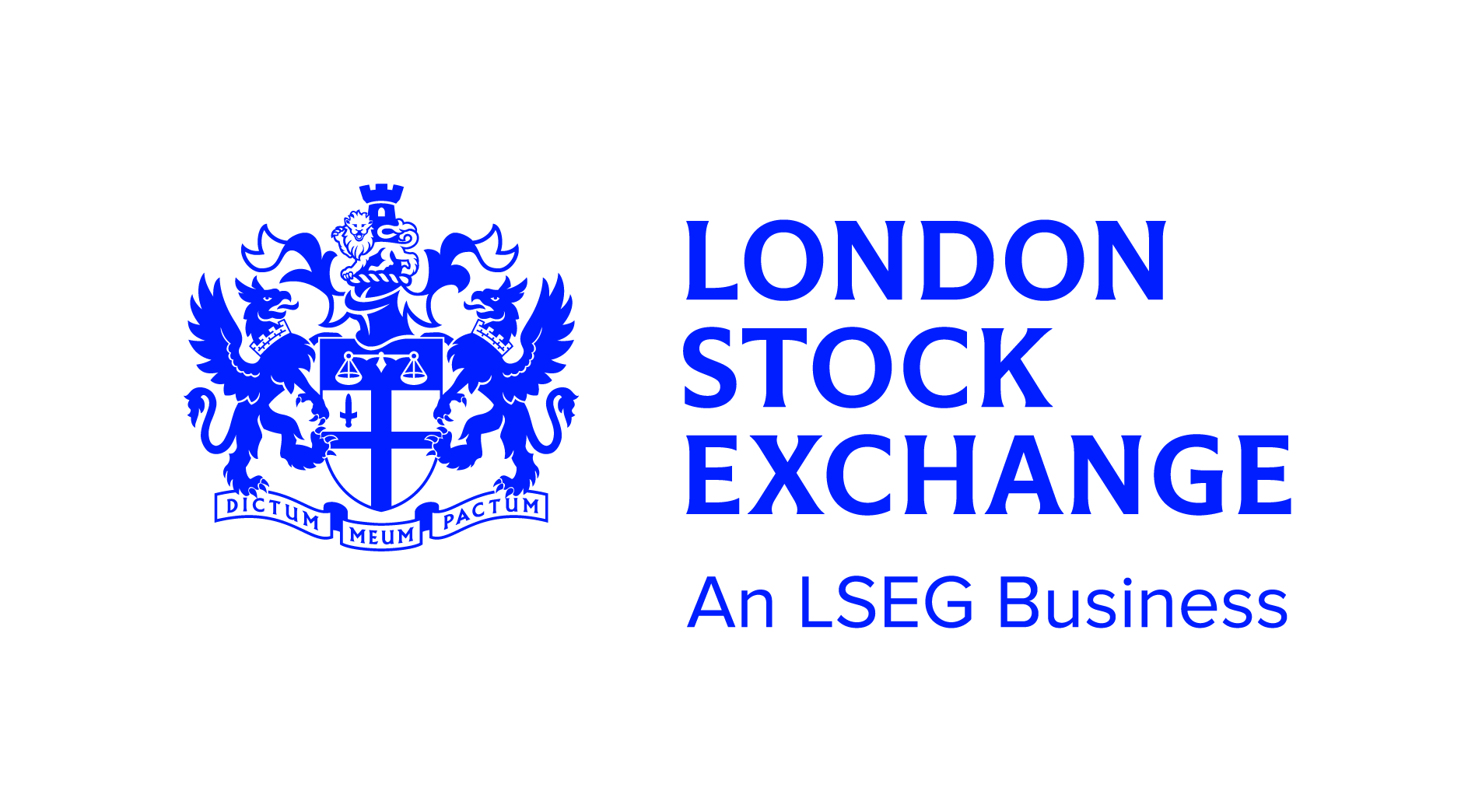When it comes to the UK/European equity trading landscape what are the greatest challenges being faced from a trading perspective?
 Worrell: There are three key areas to address – understanding liquidity, improving access, and fostering innovation. Liquidity transparency is foundational for efficient trading, yet in Europe we still lack a consistent, accurate picture of actual trading volumes. Recent reports have highlighted that European equity volumes are often multiples higher than visible data suggests. This underestimation can impact every stage of the investment lifecycle: corporates considering IPOs need access to true liquidity and volume, portfolio managers need to have confidence in allocation decisions, and traders need to be able to size orders effectively and measure their true participation rates.
Worrell: There are three key areas to address – understanding liquidity, improving access, and fostering innovation. Liquidity transparency is foundational for efficient trading, yet in Europe we still lack a consistent, accurate picture of actual trading volumes. Recent reports have highlighted that European equity volumes are often multiples higher than visible data suggests. This underestimation can impact every stage of the investment lifecycle: corporates considering IPOs need access to true liquidity and volume, portfolio managers need to have confidence in allocation decisions, and traders need to be able to size orders effectively and measure their true participation rates.
UK stamp duty (SDRT), especially relative to other markets, remains another hurdle, particularly the impact on trading activity and capital formation. Finally, innovation is critical – not just to navigate regulation but to actively grow market participation and volumes. We must deliver solutions that make trading more efficient, transparent, and fair for every participant.
Warr: Fragmentation is a dominant structural challenge in European markets. Multiple national regimes, inconsistent tax treatments, and variations in trading venue rules – like different volatility controls – make it difficult to trade seamlessly across borders. While there has been progress toward harmonisation, more work is needed to create a truly unified market.
Further, European markets consistently trade at a valuation discount to the US, partly due to lower household investor participation and perceptions of thinner liquidity. Improving investor confidence and increasing participation would be improved by three things: consolidated trade data to reveal true liquidity, alignment in post-trade processes, and regulatory and policy incentives that encourage retail and long-term institutional investors to engage more actively in European markets.
What role can exchanges and venues play when it comes to encouraging retail activity across equities and ETFs?
Worrell: Retail participation is a major focus for us, both in the UK and across Europe via LSEG’s pan-European MTF Turquoise. Reducing frictional costs is the first step. We’ve waived trading, clearing, and market data fees for retail brokers and intermediaries, so that the benefits for retail investors can be enabled across the trading and post-trade lifecycle. Product innovation is also part of the solution. Our Turquoise Retail Max offering gives retail brokers a dedicated, transparent auction mechanism to access European equities with price improvement opportunities.
Beyond costs and innovation, we are seeing a broadening of access to trading. In October, the FCA will open retail access to Crypto ETNs, and it has also announced that it will ease the process for UK listed companies to issue corporate bonds and make them more accessible for retail investors. In the Leeds Reforms, the UK Government announced an industry-led ad campaign to explain the benefits of investing [in stocks and shares] to retail consumers. The London Stock Exchange is one of the many financial services firms supporting the campaign. Alongside this, there is ongoing industry work to improve financial literacy across all age groups in the UK.
Warr: I agree that education is the single most important factor. In Europe, only about 34% of households invest, compared to 58% in the US . This isn’t just about access – it reflects a lack of financial literacy, starting from school age. Basic concepts like saving, budgeting, and long-term investing need to be embedded in education systems to build a future generation of confident investors.
Digital wealth platforms are another driver of retail growth. The UK’s $470 billion digital wealth market is expected to add another 1.3 million ETF investors in the next year alone. Fractional share trading will be key to this, allowing people to invest consistently, regardless of income levels. At the same time, reducing explicit and implicit costs, and encouraging retail execution on robust, regulated exchanges will drive long-term growth in this segment.
Within equities, where is liquidity today and where is it shifting to?
Worrell: European equity trading has shifted notably over recent years, with lit market share declining while off-book mechanisms like periodic auctions, dark pools, and SIs have grown.
Innovation in alternative venues has brought value, giving traders more execution options, but navigating this landscape is increasingly complex without accurate consolidated data. We need a consistent, aggregated view of true liquidity to help asset managers and traders make informed choices. Until that exists, liquidity will remain fragmented and harder to access efficiently.
Warr: Bilateral and non-lit trading have gained significant share across Europe, consistent with global trends. Continuous lit trading now represents a smaller portion of the overall market. This isn’t necessarily negative – non-lit execution can deliver price improvements and reduce market impact – but it creates challenges around transparency and oversight.
ETFs highlight this trend well. They account for about 18% of equity trading but can spike to 40% during volatile periods. Much of this trading happens off-exchange, making it harder to aggregate liquidity and understand where true market depth lies. A consolidated tape is essential to provide a clearer picture of liquidity and ensure fairer competition among venues. In the long term, I expect ETFs and increased retail participation to help aggregate flows back towards transparent markets, but only if we address today’s data and routing inefficiencies.
Are there specific segments that are more challenging to trade, if so, why?
Warr: ETFs are uniquely challenging in Europe due to structural fragmentation. Although Europe and US have a similar amount of ETF products, there are nearly 13,000 individual listings across multiple venues in Europe and far fewer in the US. This dispersal complicates sourcing liquidity and executing trades efficiently. ETFs also require a fundamentally different approach from single stocks because they have an intrinsic net asset value. Traders must factor in real-time premiums or discounts, fair value calculations, and venue liquidity across multiple exchanges simultaneously.
Dedicated ETF algorithms have therefore been developed, but they require expertise to use effectively. While innovation is improving execution quality, ETFs remain a more complex segment due to their multi-listing nature and unique price formation process.
Worrell: ETFs are challenging because market infrastructure hasn’t fully adapted to their rapid growth. A significant portion of ETF trading still happens bilaterally or via RFQ channels, limiting transparency and competition for orders. This makes price discovery more difficult and leaves investors reliant on a handful of counterparties for execution. To address this, in 2020 the London Stock Exchange launched its RFQ 2.0 functionality, allowing RFQ liquidity providers to compete directly with lit and hidden order book liquidity.
We’re also seeing increasing adoption of ETF-specific algorithms that better incorporate fair value calculations, urgency settings, and multiple liquidity pools. However, adoption takes time, and integrating these tools into established workflows remains a gradual process.
What equities and ETF-focused innovation would you like to see from primary exchanges and MTFs?
Warr: Fractional share integration would be a game-changer, allowing investors from all backgrounds to participate in markets through affordable, regular contributions. Most developments so far have been custodial, but exchanges could standardise this capability, broadening access significantly.
Retail investor protection should also be a priority. Exchanges offer the most regulated, transparent execution environments, and drawing more retail flow on-venue would strengthen safeguards. Post-trade innovation is another area, and looking further ahead, leveraging tokenisation and blockchain could streamline settlement, lower costs, and make execution faster and cheaper.
Worrell: Innovation must be meaningful, not fragmentation for its own sake. At LSEG, we focus on developing solutions in partnership with our clients – a prime example is our collaboration with buy-side-founded LeveL Markets, which operates the ATS Luminex platform, to enhance block trading capabilities in our Turquoise dark book. This partnership ensures we’re building functionality that adds genuine value to institutional workflow.
We’re also evolving tools like RFQ 2.0 to improve price competition and execution outcomes for ETFs. The ultimate goal is to make markets more accessible, resilient, and effective for every participant – from retail investors to global asset managers.
